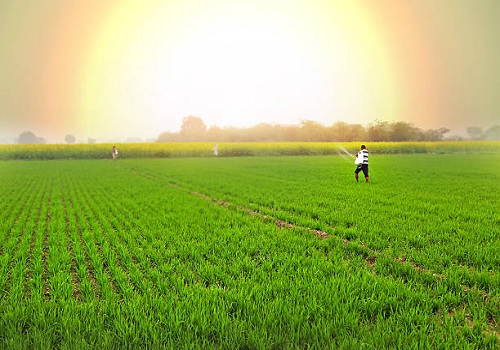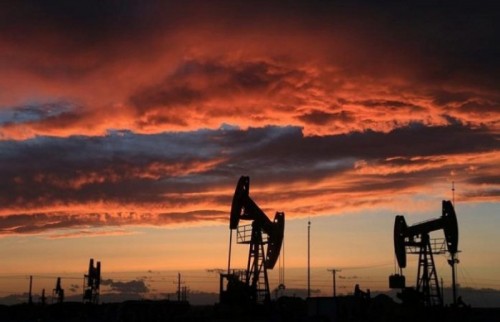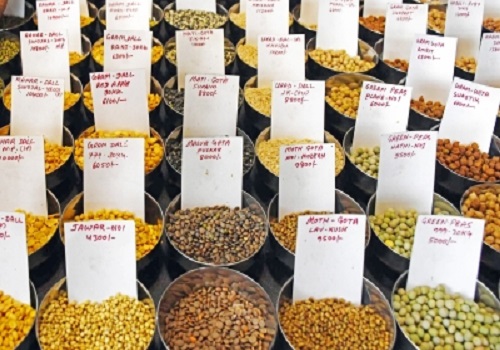Water Woes Threaten India's Rabi Crops: Reservoirs Plummet, Southern States Face Agricultural Crisis By Amit Gupta Kedia Advisory

India grapples with a looming agricultural crisis as major reservoirs hit critical lows, jeopardizing Rabi crops. Southern states, including Tamil Nadu and Andhra Pradesh, are particularly vulnerable due to a 12-week consecutive decline, with over half of the reservoirs in the region below 50% capacity. Despite recent rainfall, concerns persist over water scarcity, impacting key crops and necessitating urgent intervention.
Highlights
Continuous Decline in Reservoir Levels: The water level in India's major 150 reservoirs has declined for the 12th consecutive week, with storage dropping below 60% in the northern region and heading towards below 40% in the southern region.
Southern Region Faces Severe Water Shortage: Over 50% of the reservoirs in the southern region (22 out of 42) have storage below 50% of their capacity, posing a significant concern for states like Tamil Nadu, Andhra Pradesh, Telangana, and Karnataka, which heavily rely on these reservoirs for irrigation.
Impact on Agriculture: The lower water levels raise concerns about the cultivation of key crops such as paddy, pulses, and oilseeds. Paddy cultivation in particular areas of Andhra Pradesh and Tamil Nadu has been affected, and North Karnataka is facing water scarcity.
Comparison with Previous Periods: The current storage level is 20 percentage points lower than the same period last year and 34 percentage points below the average of the last 10 years.
Insufficient Rainfall: Despite recent rainfall from Cyclone Michaung, it has not been sufficient to improve reservoir storage significantly, as catchment areas have not received the required showers.
Regional Disparities: While the northern region has less worry over water availability for rabi crops, concerns are raised for Maharashtra in the western region, and states like Bihar and Nagaland in the eastern region.
Critical Reservoir Levels: Reservoirs like Srisailam, Tungabhadra, Krishnaraja Sagara, and Tattihalla have levels below 50% of the last 10 years’ average, with Tattihalla in Karnataka almost hitting the bottom.
Maharashtra's Concerns: Maharashtra is a cause for concern with reservoir levels 10% below normal, raising worries about water availability for agriculture.
Concerns in Eastern and Central Regions: States like Bihar and Nagaland in the eastern region, and Uttar Pradesh and Chhattisgarh in the central region, are causing concern due to reservoir levels below normal.
Deficient Rainfall Across Districts: The India Meteorological Department reports that 47% of the 713 districts with available data have received deficient rainfall during the post-monsoon season starting October 1.
Future Outlook: With no major precipitation predicted in the coming days, there is a likelihood that the storage levels will continue to drop further, posing additional challenges for agriculture in the affected regions.
Conclusion
The concerning decline in reservoir levels raises alarms for India's agriculture, especially in the water-dependent southern states. With critical water shortages threatening Rabi crops like paddy and pulses, strategic measures and prompt interventions are crucial to mitigate potential agricultural losses. The ongoing challenges emphasize the need for sustainable water management practices and a proactive approach to address the complex dynamics of India's water resources.










Tag News

Pre-Market Comment by Hardik Matalia, Derivative Analyst, Choice Broking



More News

Quote on Gold and Crude by Kaynat Chainwala, AVP-Commodity Research, Kotak Securities









